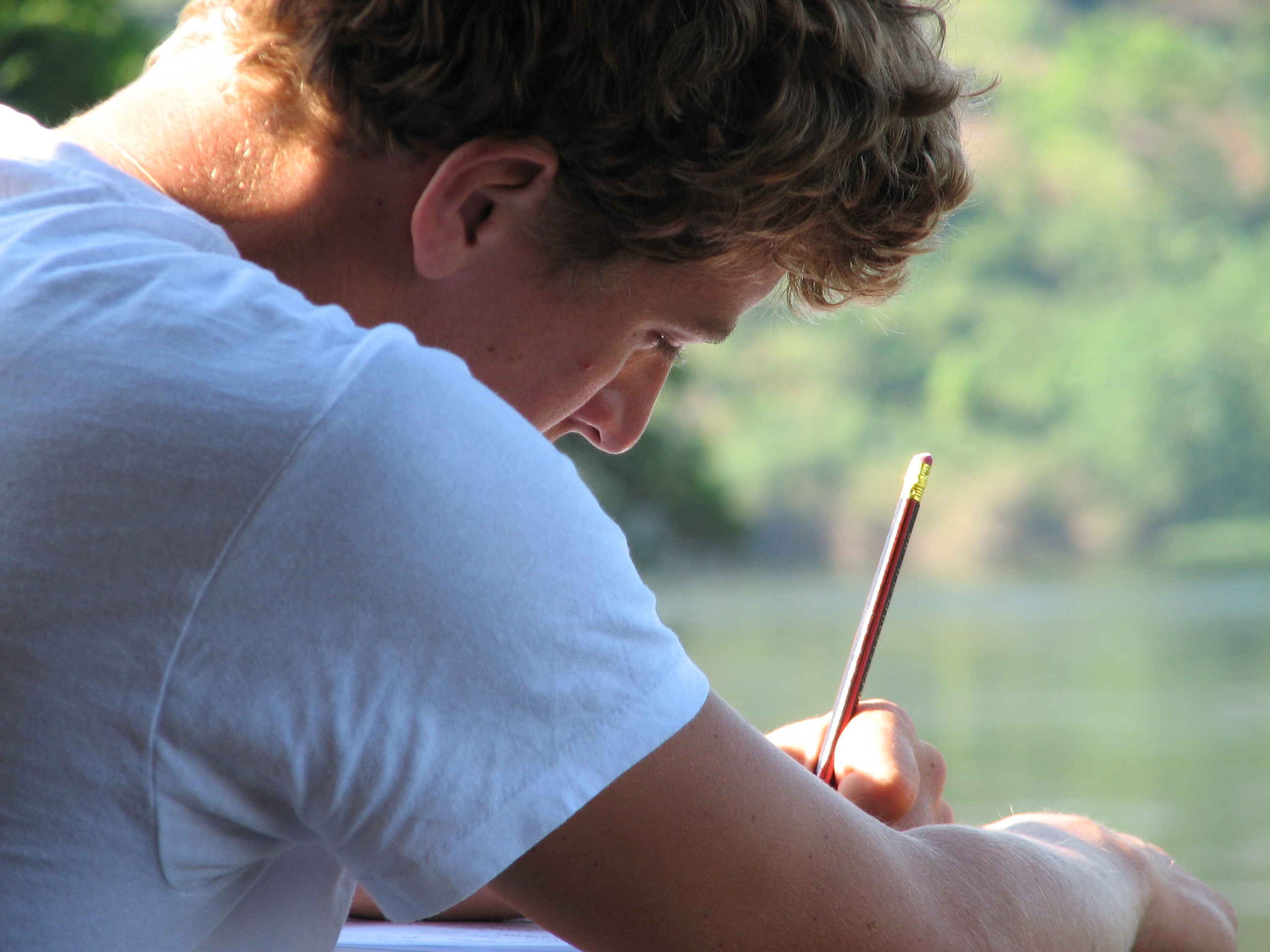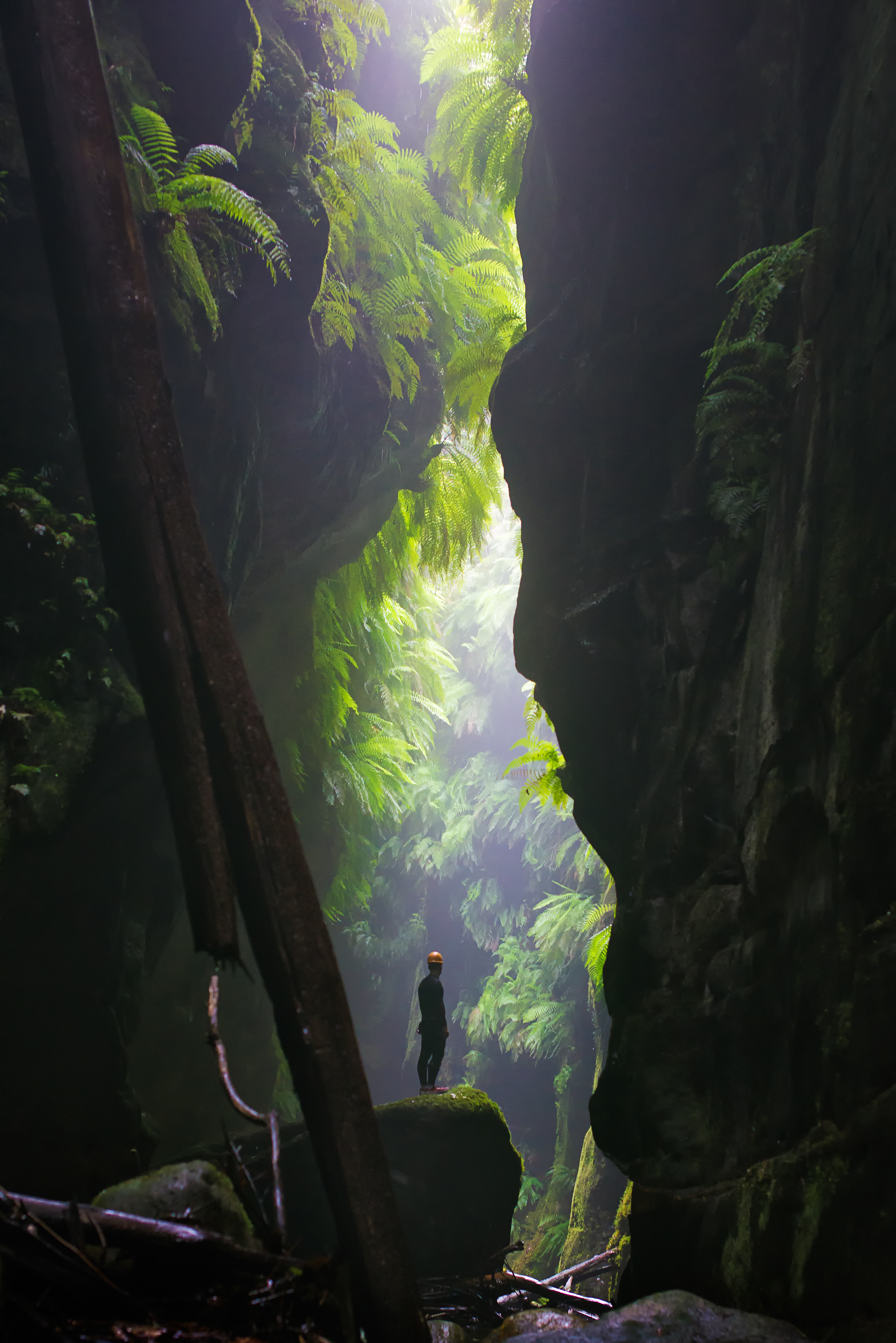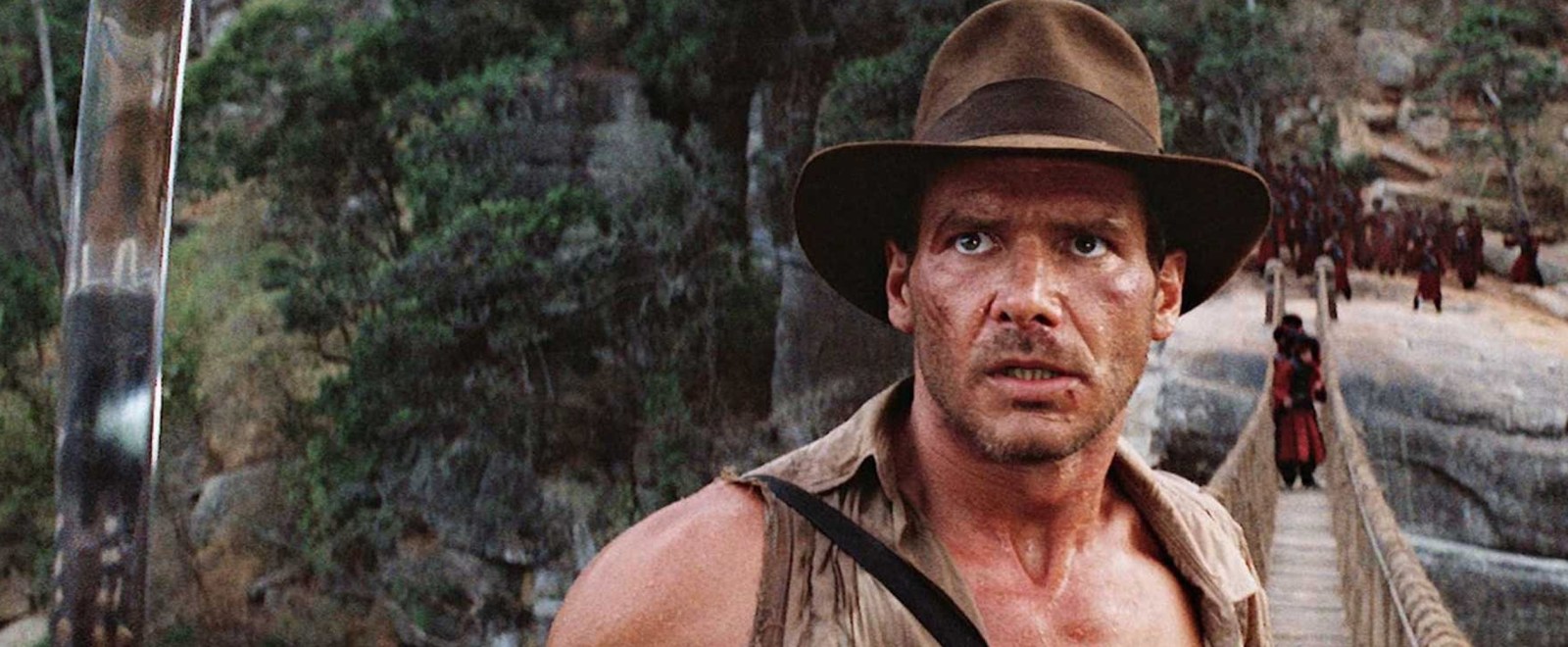I didn’t have any Indiana Jones toys as a kid. I never dressed up like him for Halloween or tried to mimic his voice or gestures. Unlike Han Solo, I refused to think of Indy as larger than life. Instead, I thought of him as the same size as life and believed that his world and mine overlapped.
I didn’t just want his hat or whip or swagger. I wanted to be him.
Looking back on 18 years of adulthood, out on my own in the world, I can see Indiana Jones’ fingerprint everywhere. Every time I dove off a waterfall, swatted vines with a machete, or rumbled across the desert, I was getting to live my boyhood dream of being a master adventurer. I even dressed the part, choosing classic white t-shirts or sturdy button-ups — never, ever touching anything with a logo. I bought a hat from a fisherman in Mozambique and wore it until it fell apart.
Basically, I was the entire production team — from director to costume designer — for my own Indiana Jones serial (hopefully an underrated one, like Last Crusade).

The picture above was taken when I was 26. I’m 36 now. Over the years, life — that big, brutal, ever-churning machine — has conspired to make me grow up. Not a ton, mind you. I still write about travel and adventure for a living, I still dress like I’m off to hunt for relics in the 1940s, and I still have my old straw hat. But the passing of time has had at least a slight calming effect on me. Deals have been struck. Compromises have been made.
This happens to all of us. Even Indy.
Time may have curbed some of my rough edges, but the thirst for adventure rages on. If anything, it’s heightened — because I have experience now. When I was 26, I wanted to try everything. I backpacked for 13 months straight. I quit jobs the second my bank balance would allow me to buy a ticket. I chased even my most casual interests.
These days, time is at a premium. My adventures have a ticking clock. Dr. Jones was the same way, he was a professor with papers to grade, lessons to plan, and a stupid old mortgage. These days, when an adventure ripens in my brain, I have to lunge for it — like Indy diving for a statue as it slowly rolls toward a cliff.
Which pretty much nails how I felt when I saw this photo:
A ray of sunlight reaches deep into Claustral Canyon, Australia, in this photo by Ben Sanford. #natgeoadventure pic.twitter.com/NyojZ4aQto
— Nat Geo Adventure (@ngadventure) June 25, 2016
It was on the cover of a commemorative issue of National Geographic, and I noticed it in the checkout line at the grocery store as I shuffled through the routine mundanities of adulthood. Those giant Jurassic ferns spoke to me from the magazine rack and the mossy cave walls echoed the words.
“Come away! It’s time for an adventure.”
I dropped the magazine on the conveyor belt, alongside the tooth floss and cereal.
***
The magazine didn’t actually have an article that matched with the photo, it was just that one picture. Inside, I found the location listed as Claustral Canyon in Australia’s Blue Mountains. Google told me that the canyon was accessed through multiple rappels into an abyss. Multiple rappels? The place sounded like a Temple of Doom set.
What comes next is the unsexy part — all the money-saving and schedule wrangling that George Lucas and Steven Spielberg never showed Indy having to bother with. There were starts and stops as my plans shifted and morphed multiple times. Turns out, acting like a carefree rogue galavanting through ancient canyons requires no small amount of busy work.
Two years after I bought that copy of Nat Geo, I was ready to go. I’d gone on other Indy-inspired adventures in the meantime and suffered a few real-world traumas (the death of my dad) — but the image of Claustral Canyon had stuck with me. I finally locked in my dates and bought a ticket. I’d go to Australia to write a few different stories. At the end of my first week in the country, after waking up at 3 a.m. every day to match up with the U.S. work day, I’d drive two hours from Sydney to Claustral Canyon and do some good old galavanting.
“Sorry, mate. I guess when we heard ‘American writer,’ we didn’t think you’d be too fit.”
That’s what the head guide at the Blue Mountain Adventure Company told me when I showed up in his office the day before I was supposed to head into Claustral Canyon. I’d been working with Visit New South Wales to arrange my trip, and the guide was trying to explain why his company had been so hesitant to let me come to Claustral Canyon. They’d pushed back on the tourism board three different times as I planned for my trip, trying to get me to agree to take a simpler route or explore another canyon. Eventually, they had me write up a paragraph on my climbing and canyoneering experience.
For what it’s worth, my canyoneering experience is pretty slim. But I had my heart set and I stretched the sauce as much as I could. Sometimes that’s what it takes to make an adventure come together.

The next morning, we hiked into the forest at 5 a.m. There’s no point in sharing every detail because none of the details are particularly dramatic. I proved myself to be generally capable at scrambling over mossy rocks and generally terrible at rappelling into deep ravines. Each of the raging waterfalls we descended down was insanely slick and my feet slipped on the stones multiple times — causing me to slam into the wall. Still, there were ropes and backup ropes and backups for the backups. It was painful, but it wasn’t unsafe.
If it had been a pulp adventure, someone would have cut my ropes or some mysterious beast would have surged at me from the depths. But none of that happened. It was just unbelievably fun — dropping down waterfalls, swimming through slot canyons, scampering over logjams. At one point, we stepped into a section of the canyon nicknamed “the Green Room.” It was overhung with massive ferns and, when the light filtered through them and bounced off the emerald-colored moss, the whole gorge seemed to glow.
I recognized the spot immediately. It was the same place where the iconic National Geographic cover was shot. I stood there, marveling at it all, for at least 20 minutes. I smelled the moss and tried to imprint the visuals in my brain. It’s always fun when a place you’ve fantasized about actually lives up to the hype.
Ten hours later, it was done. We hiked out, ate a meat pie, and called it a day. That night, in the shower, I found a leech clinging to my inner thigh. It had probably climbed aboard during the hike out of the canyon, after I took my wetsuit off. I swatted it off, and it left a long smear of my blood on the white tile.
It was kinda cool, in a way. No Indiana Jones-esque adventure is complete without bloodsuckers of some variety attacking the brave hero.

The day after going to Claustral Canyon, I felt like I’d been hit by a truck. Everything ached. Waking up at 3 a.m. to work felt like dragging myself out of a grave. But for the hours I’d been in the canyon — rappelling down waterfalls, getting eaten by leeches, and scrambling over mossy boulders — I was Indiana Jones. Better yet, I was the adult I’d always wanted to be, back when I had no idea what the hell adulthood was.
It’s nice to know — with all of our fears about the planet and all the ways technology has made the world feel smaller — that these adventures are still out there. It’s nice to know that the fantasies of childhood can still turn into realities. It’s nice to know that no matter how much the cluttered business of adulthood seem to dominate your day-to-day, you can still live out your childhood dreams of derring-do.
Even if it’s only for a little while.

Plan your own trip to Claustral Canyon!
Steve Bramucci is a writer and the managing editor of Uproxx/Life. His first novel, Ronald Zupan and the Pirates of Borneo will be released next summer by Bloomsbury. You can find him on Twitter at @stevebram and Instagram at @stevebram.







